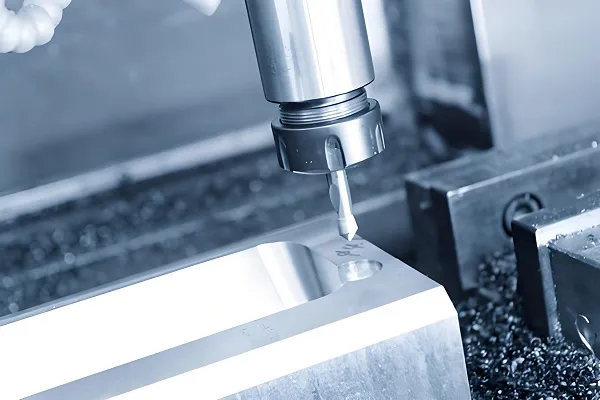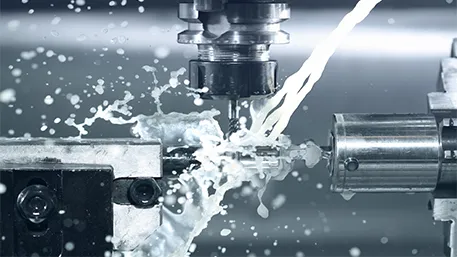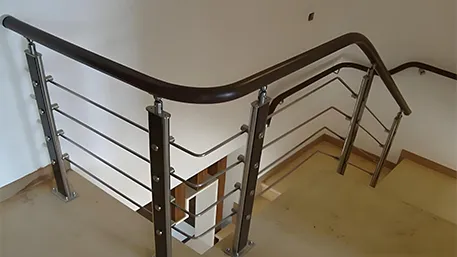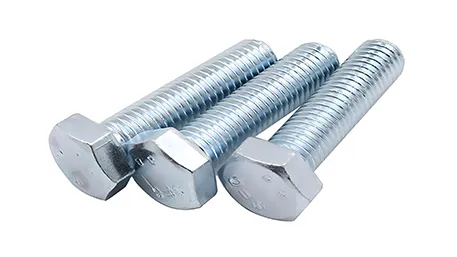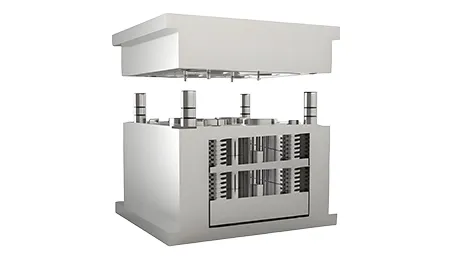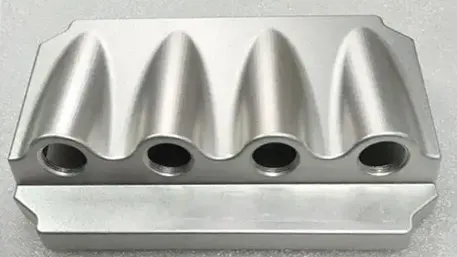Precision machining is a highly accurate process in which the external dimensions, shape and properties of a workpiece are finely adjusted by specialized machining machinery to achieve extremely high dimensional accuracy and surface quality. This process not only requires precise dimensional control, but also pursues extremely low tolerances and excellent surface finish. Precision machining is widely used in aerospace, automobile manufacturing, medical equipment, electronic communications and other fields, is an indispensable part of modern high-tech manufacturing.
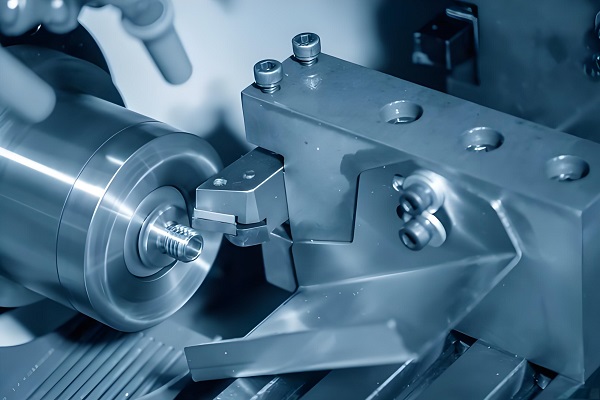
1.The technical principle of precision machining
The technical principle of precision machining mainly includes three aspects of cutting motion, cutting force and cutting heat. Cutting motion refers to the relative motion between the cutting tool and the workpiece, including the main motion and feed motion, to ensure that the cutting tool can process the workpiece in accordance with the predetermined trajectory. Cutting force is the cutting tool in the cutting process on the workpiece force, its size and direction directly affect the stability of the cutting process and processing quality. Cutting heat is due to the friction in the cutting process and cutting deformation of the heat generated by the heat will affect the temperature of the workpiece and cutting tool, which in turn affects the machining accuracy and surface quality.
In order to achieve high-precision machining, precision machining often use computer numerical control (CNC) technology, through the programmed control of the machine’s trajectory and cutting parameters, to achieve the precise processing of complex shapes.CNC technology also has automatic detection, automatic compensation and fault diagnosis and other functions, to further improve the processing accuracy and efficiency.
2.Customization of precision machining products
Precision machining product customization is based on the specific needs of customers, design and production of parts and components to meet specific requirements. This process includes demand analysis, design and drawing, material selection, process development, processing and production, quality inspection and other aspects. Due to the high precision and flexibility of precision machining, it is possible to produce a variety of parts with complex shapes, precise dimensions and high surface quality to meet the diversified needs of customers for products.
In the customization process, customers can provide detailed design drawings or samples, and precision machining enterprises will conduct process analysis and optimization based on this information, choose the most suitable processing methods and equipment, and ensure the production of products that meet the requirements. At the same time, the enterprise can also provide technical advice and solutions to help customers solve the problems encountered in the processing.
3.Introduction of precision machining materials
There are various materials used in precision machining, commonly including metal materials and non-metal materials. The following are some common metal materials and their characteristics:
Aluminum alloy: lightweight, corrosion-resistant, electrically conductive, thermally conductive, commonly used in aerospace, automotive, electronics and other fields.
Steel: high strength, high toughness, wear-resistant, suitable for the production of a variety of precision mechanical parts, such as screws, bearings, gears, etc..
Stainless steel: not easy to rust, easy to clean, good toughness, commonly used in medical equipment, chemical equipment and other precision machinery parts.
Cast iron: good anti-wear properties and vibration damping performance, suitable for the production of a variety of mechanical parts.
The selection of these materials depends on the specific requirements of the product and the working environment. For example, in the aerospace field, you need to choose lightweight and high-strength materials; in the field of medical equipment, you need to choose corrosion-resistant and easy-to-clean materials.
4. Precision machining product characteristics
The characteristics of precision machining products are mainly reflected in the following aspects:
High precision: small dimensional tolerances, can reach micron or even nanometer precision.
High surface quality: high surface finish, no obvious scratches, burrs and other defects.
Complex shape: able to process a variety of complex shapes of parts to meet diversified needs.
Durability: Precision-machined parts have higher durability and reliability.
Consistency: Mass-produced parts have extremely high dimensional and performance consistency.
Below are some examples of product-specific data and characteristics:
Product: Precision bearings
Data:
Inner diameter: Φ10mm (±0.005mm)
Outer diameter: Φ20mm (±0.005mm)
Width: 5mm (±0.01mm)
Surface roughness: Ra 0.2μm
Rotational accuracy: P2 grade
These figures show that precision machining is capable of producing parts with extremely high accuracy and surface quality that meet the needs of various high-end manufacturing fields.
Precision Machining FAQ
Q: What are the main application areas of Precision Machining?
A: Precision Machining is widely used in aerospace, automobile manufacturing, medical equipment, electronics and telecommunications, etc., where there are extremely high requirements for precision and surface quality of parts.
Q: What is the difference between precision machining and conventional machining?
A: Precision machining is much higher than conventional machining in terms of precision, surface quality and machining complexity. It utilizes more advanced machining equipment and technology to produce parts with higher precision.
Q: How to ensure the quality of Precision Machining?
A: The key to ensure the quality of precision machining lies in the strict control of various parameters in the machining process, such as cutting speed, feed, depth of cut and so on. At the same time, the use of advanced testing equipment and technology for quality inspection of processed parts to ensure that the product meets the design requirements.
Q: What is the development trend of precision machining?
A: With the continuous development of science and technology, precision machining is developing in the direction of higher precision, higher efficiency and more diversification. In the future, precision machining will pay more attention to green manufacturing and intelligent manufacturing, reduce energy consumption and environmental pollution, and improve production efficiency and product quality by optimizing processing technology and adopting environmentally friendly materials.

